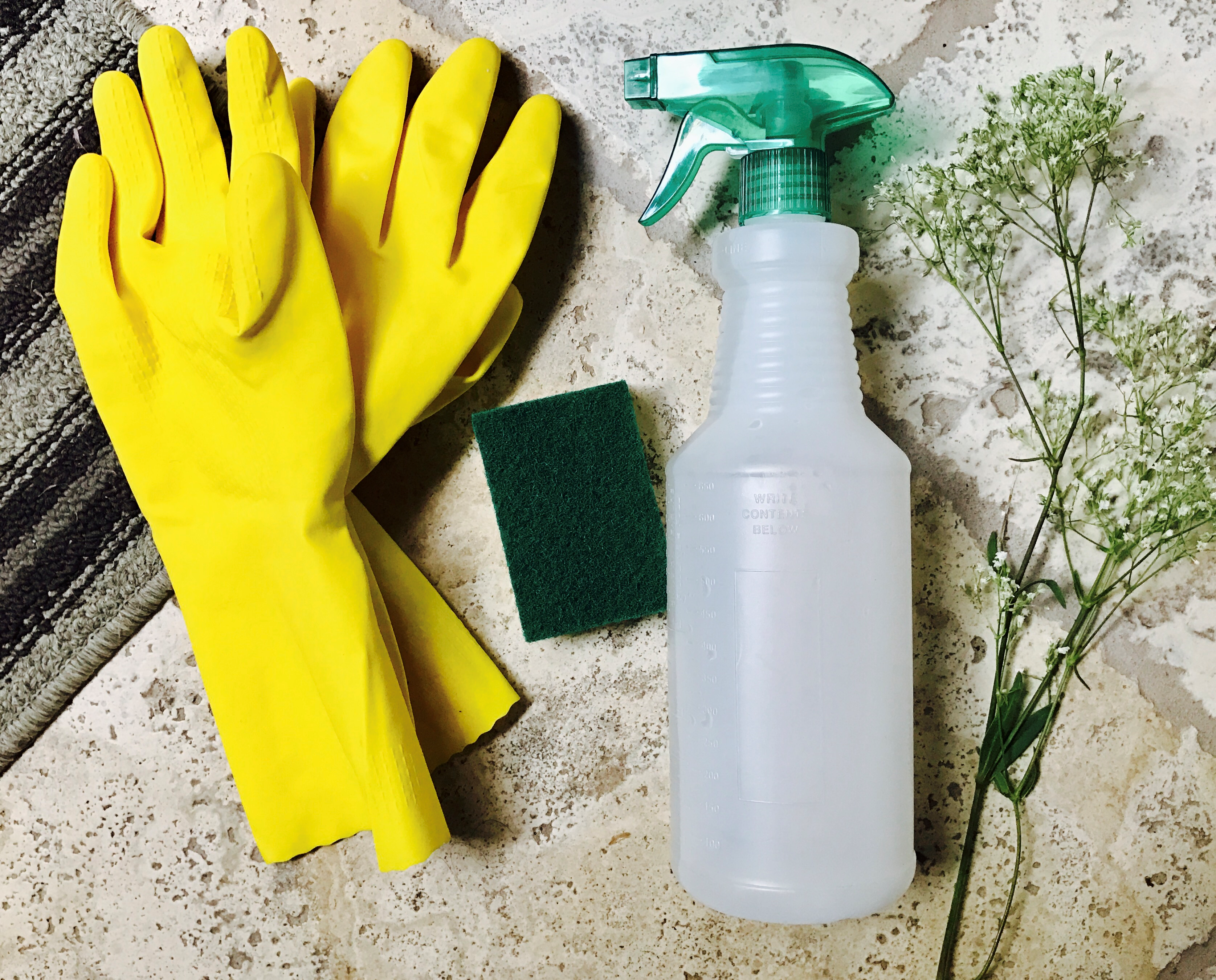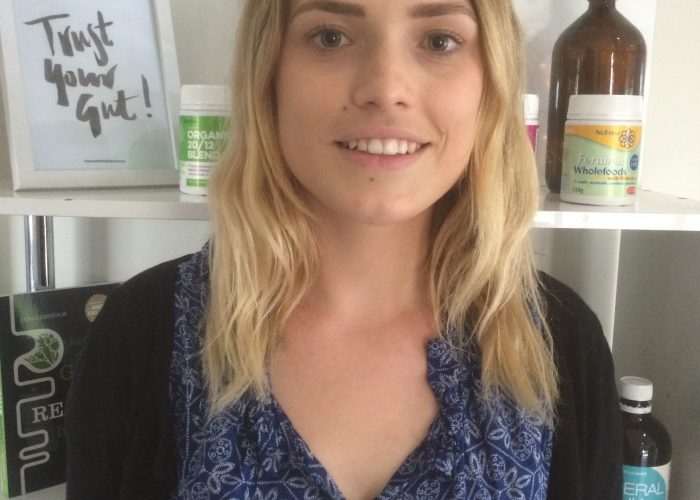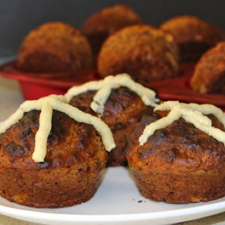
They say home is where your heart is, but that home may also be where mould is! Do you find yourself constantly seeking medical advise for symptoms that are lingering around for days, weeks, months and years on end without resolution? At times doctors are good at making you believe that your illness is all in your head and that the symptoms you are experiencing are often stress related! Yes we are constantly learning that disease may be caused by stress but did you ever think your health problems are related to an exposure of toxic mould?
Fuzzy spots and patches called mould thrive in damp and moist conditions. Bathrooms, kitchens, basements and spaces that allow for little ventilation are all subject to moisture thus the most likely places to be affected by mould. What many people don’t know is that when mould is growing on a surface no matter how small, tiny spores are released into the air where they are easily inhaled. We are all exposed to mould everyday with minuet amounts seemingly harmless, but if your sensitive to mould and inhale a large amount of spores then this can lead to serious health issues. Over time these toxins trigger inflammatory reactions which then escalate into chronic health issues ranging from hormonal imbalances to autoimmunity, even cancer.
All too often however mould toxicity is an underlying problem to a host of symptoms experienced by an individual. It’s generally left undiscovered and undiagnosed for months, years and even a persons lifetime. If you are constantly experiencing these symptoms then it may not be all in your head. It may be a sign of mould toxicity.
– Sinus congestion
– Runny nose and cold like symptoms such as sneezing and nasal congestion
– Wheezing
– Coughing
– Chest tightness
– Throat irritation
– Headaches
– Fatigue/weakness
– Joint stiffness and muscle numbness
– Eye irritation
– Recurrent skin conditions
– Difficulty concentrating
The good news is that mould toxicity is reversible. There is no one set formula for everyone, however boosting ones immune system by supplementing a good dose of probiotics are a great place to start. Your gut is the first line of defence against toxins and having a digestive system full of good bacteria will help kick the nasties out. What you really eat matters too, mould loves sugar and needs sweetness in order to survive. By eliminating all foods that feed growth then you can literally expel the mould out of your body. These foods include all processed sugars present in cereals, bread, pasta, cakes, biscuits, soft drinks, even dairy products. Additionally, corn and peanuts are a high risk food for mould contamination and should be avoided if you are trying to eliminate fungal toxins.
There are many other natural remedies in addition to a good probiotic and they are to pack your diet with loads of fresh garlic, ginger, cayenne pepper and perhaps even a naturopathic prescription of goldenseal, a potent anti-fungal. For topical eradication of surface mould undiluted vinegar spray is an inexpensive yet effective removal method. A few drops of tea tree oil mixed in will further enhance the removing power whilst acting as the perfect non-toxic cleaning solution.
Nutritionally Yours,
Veronica





